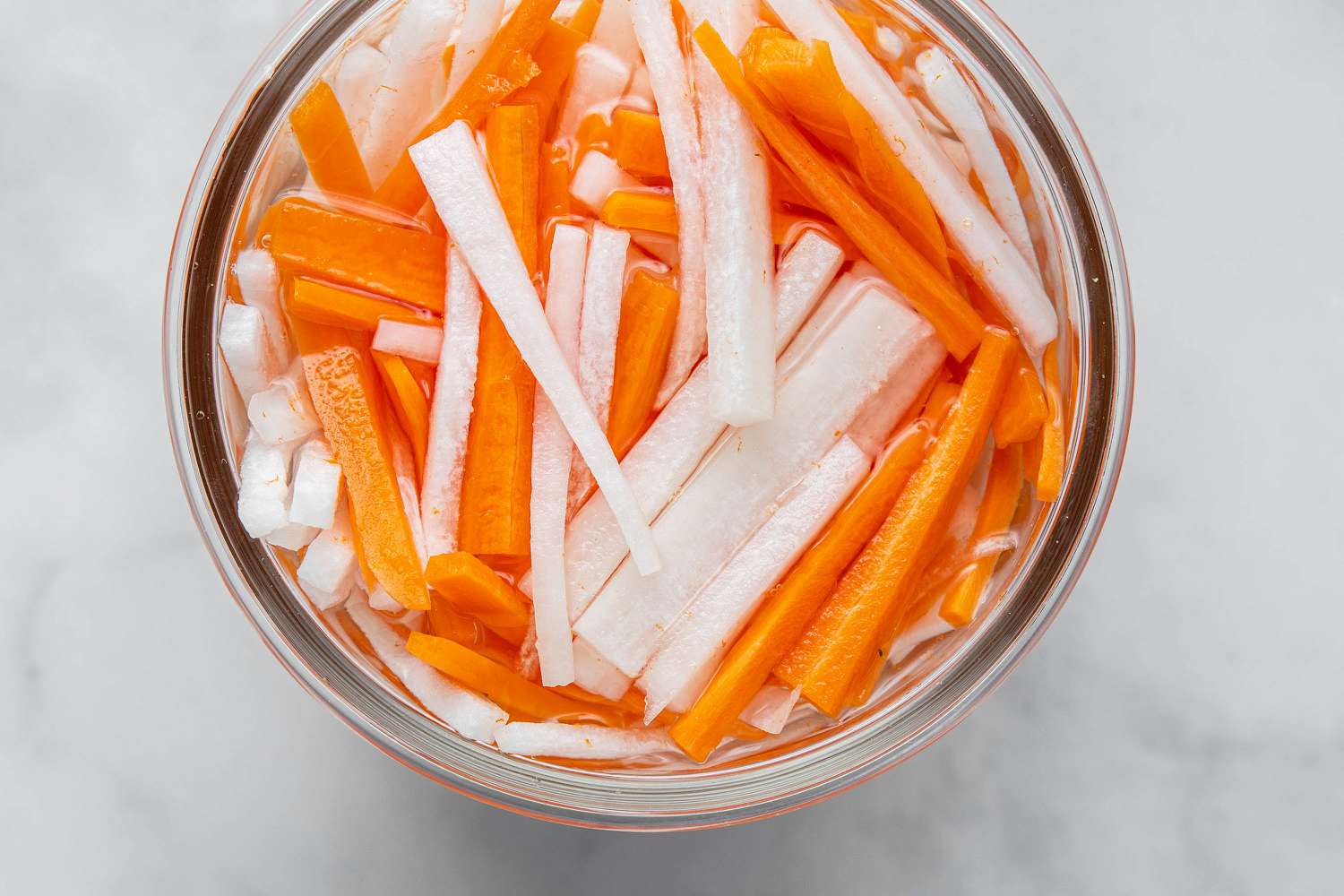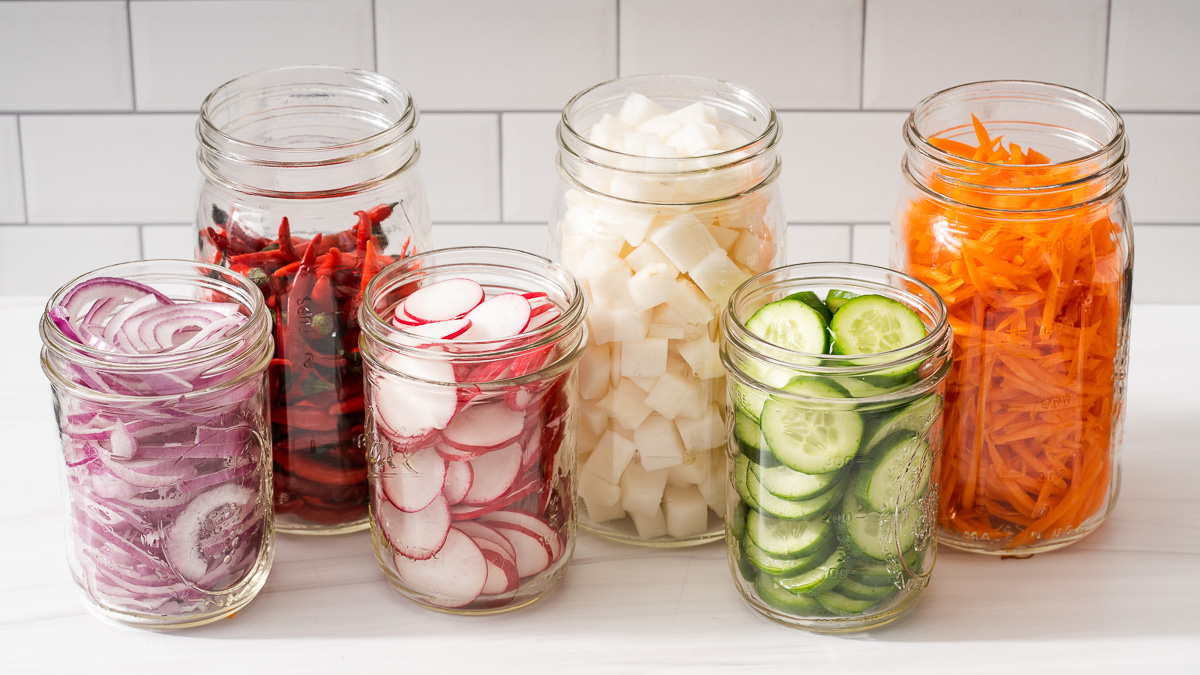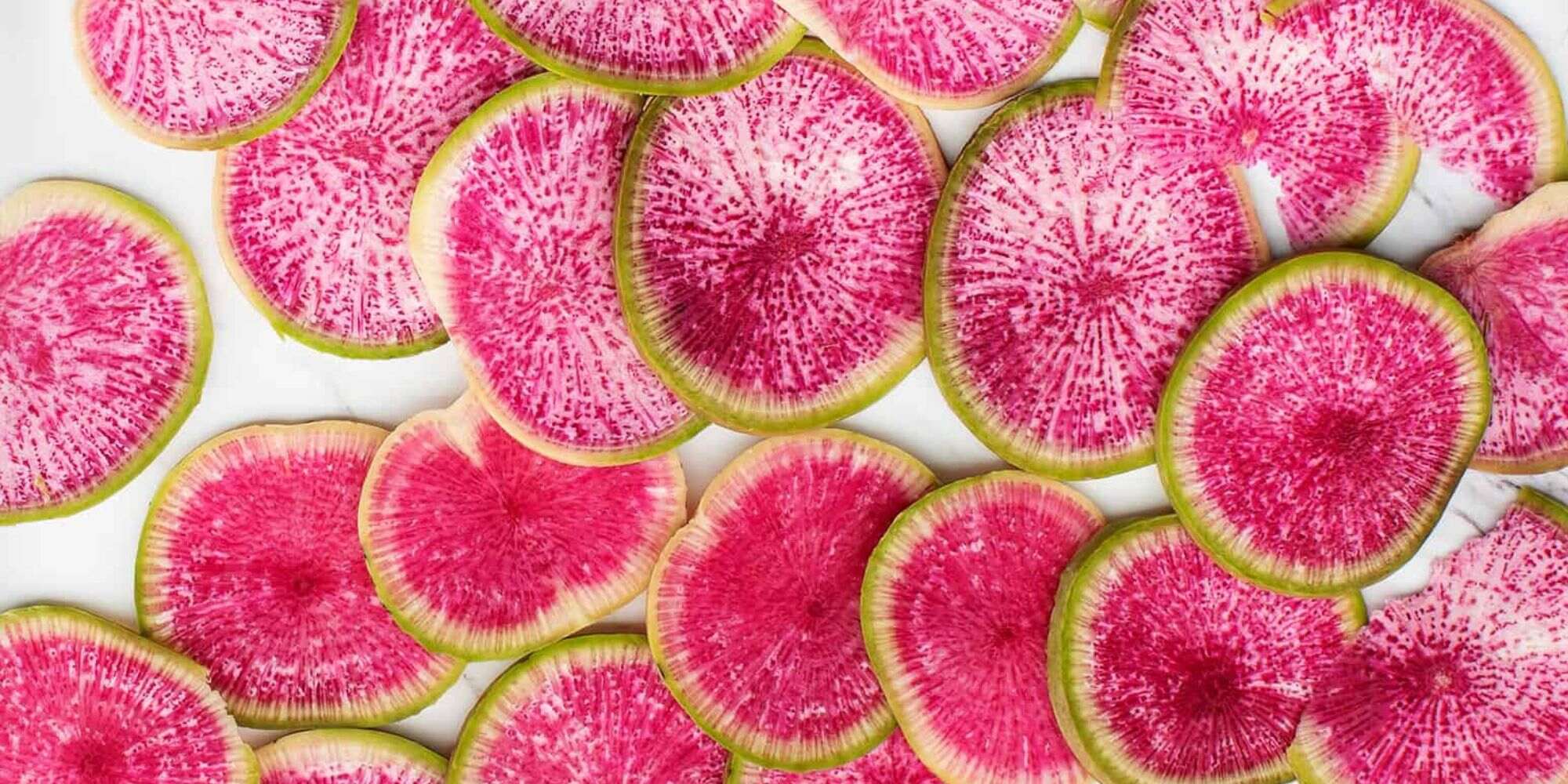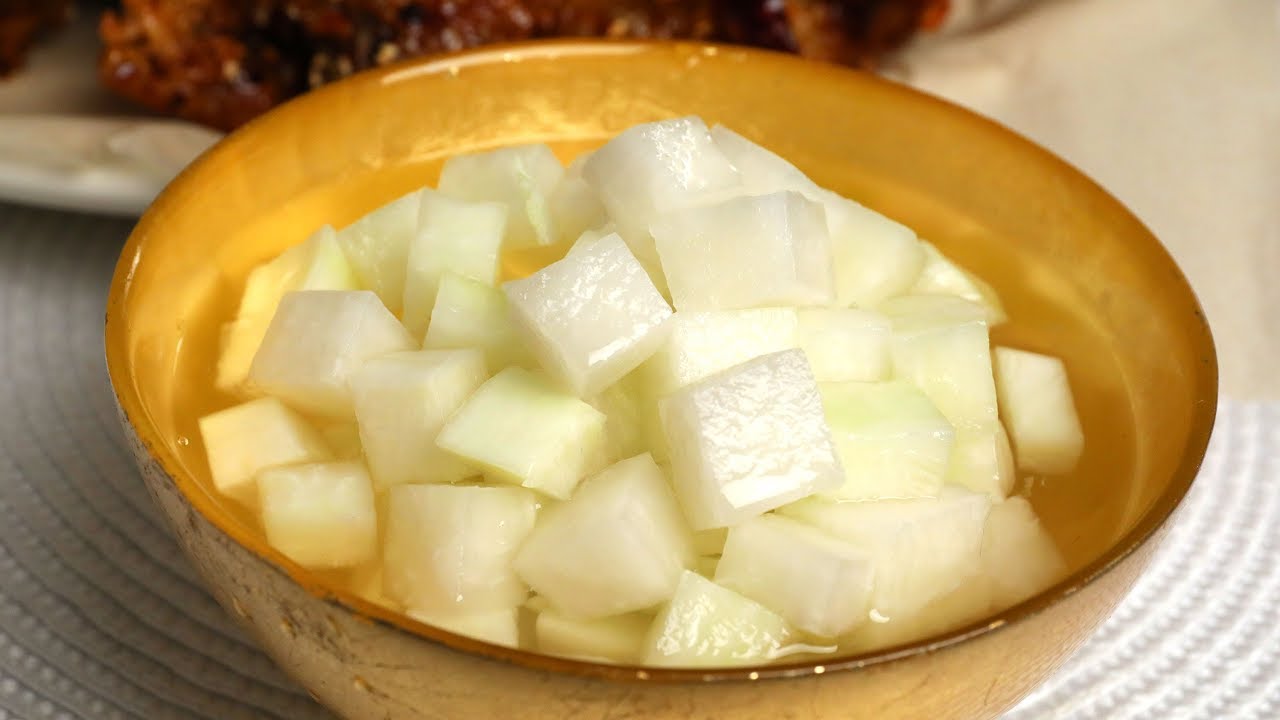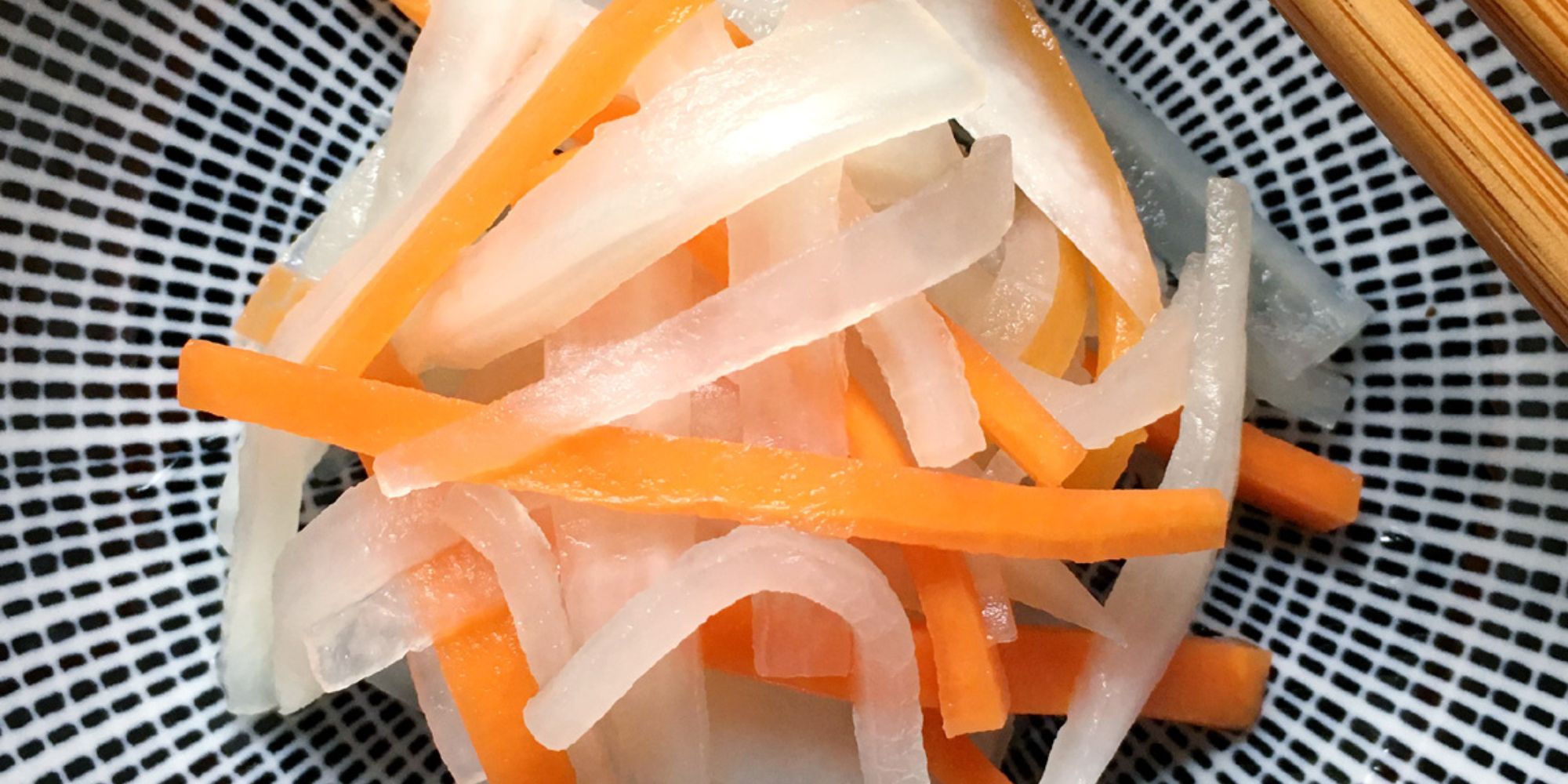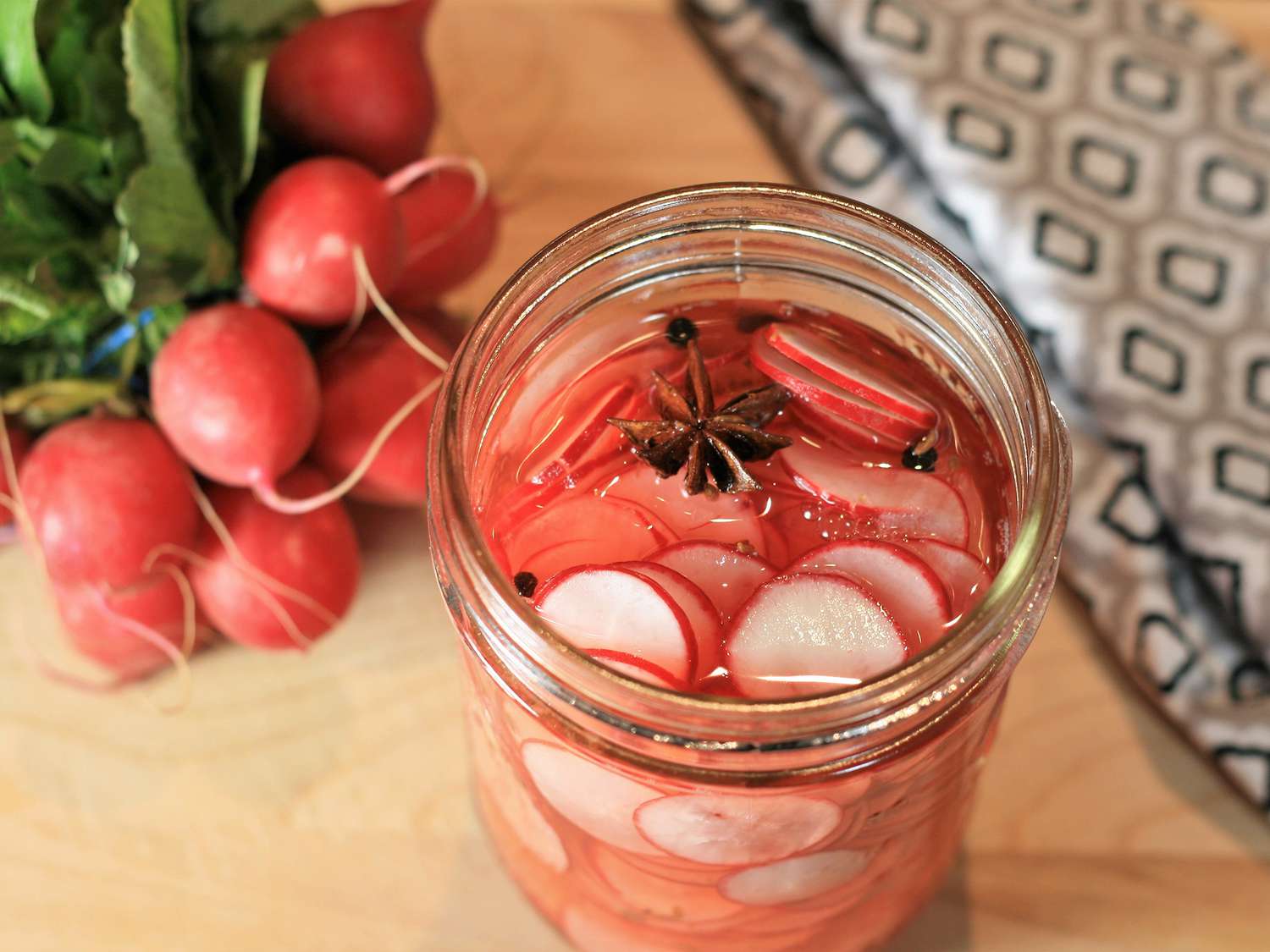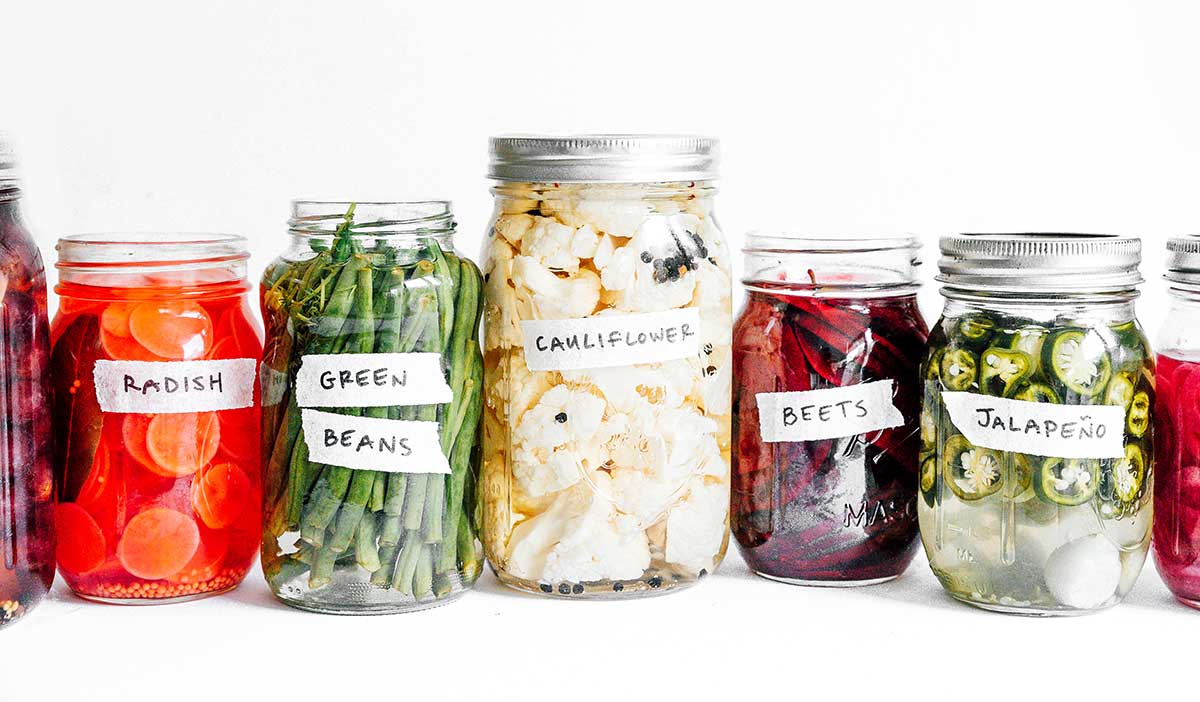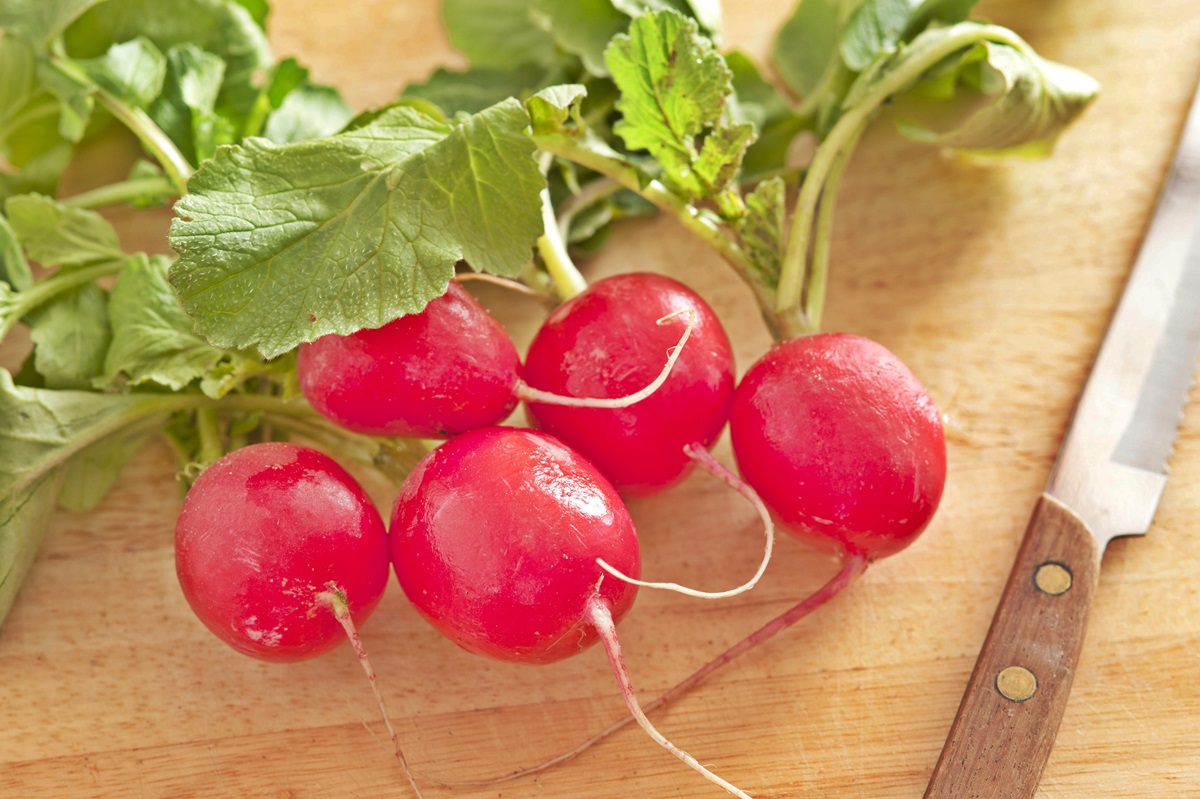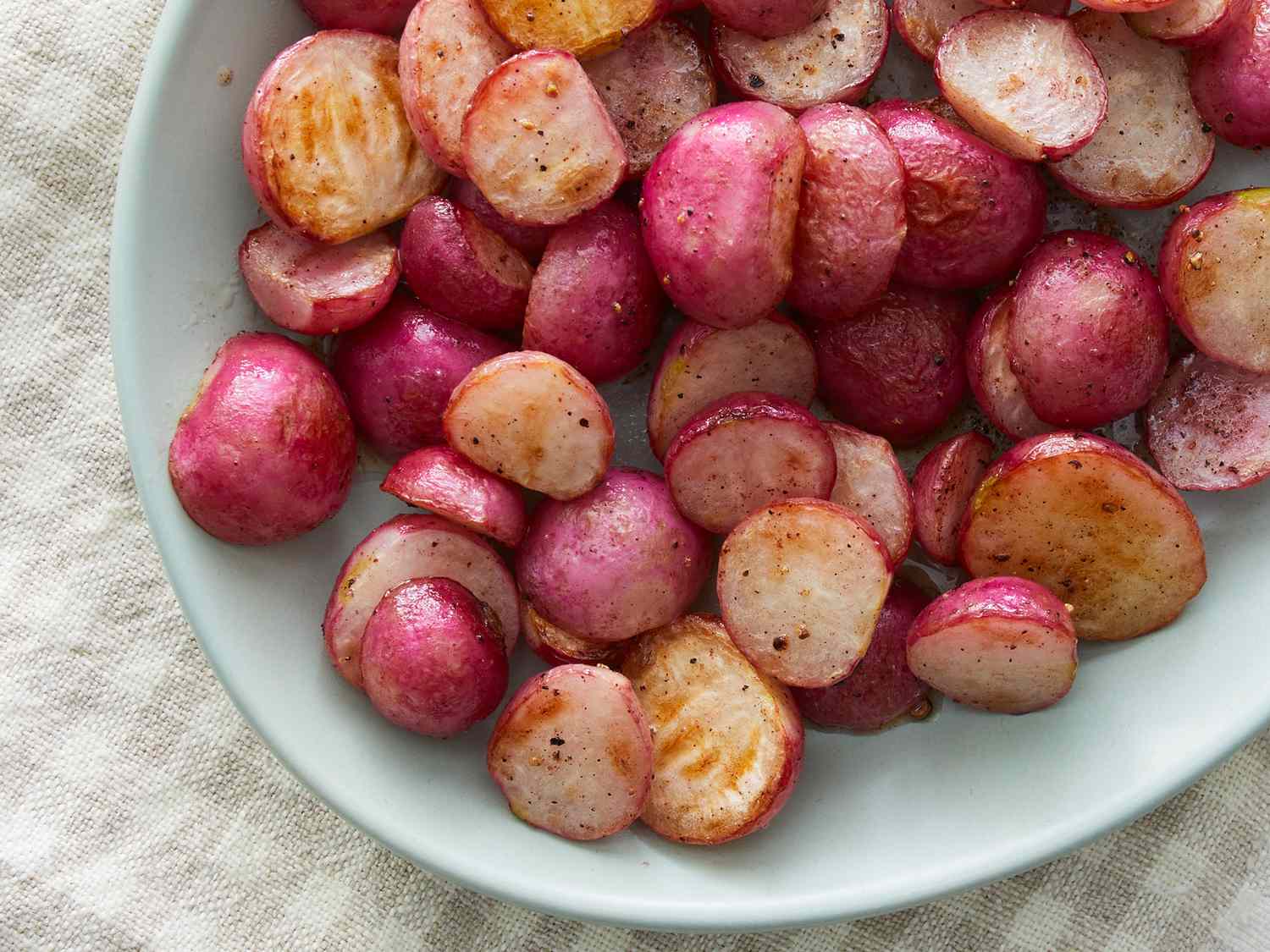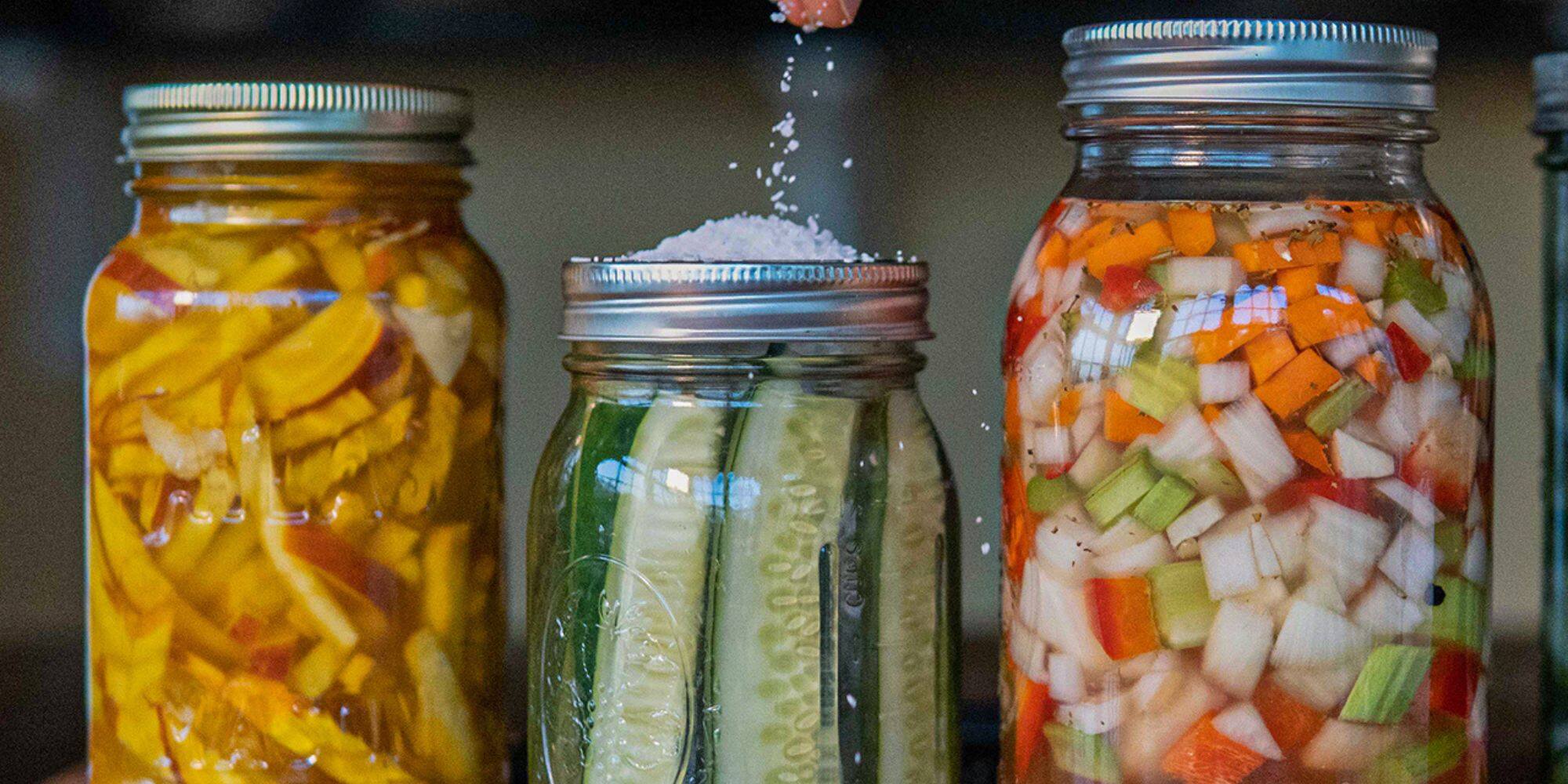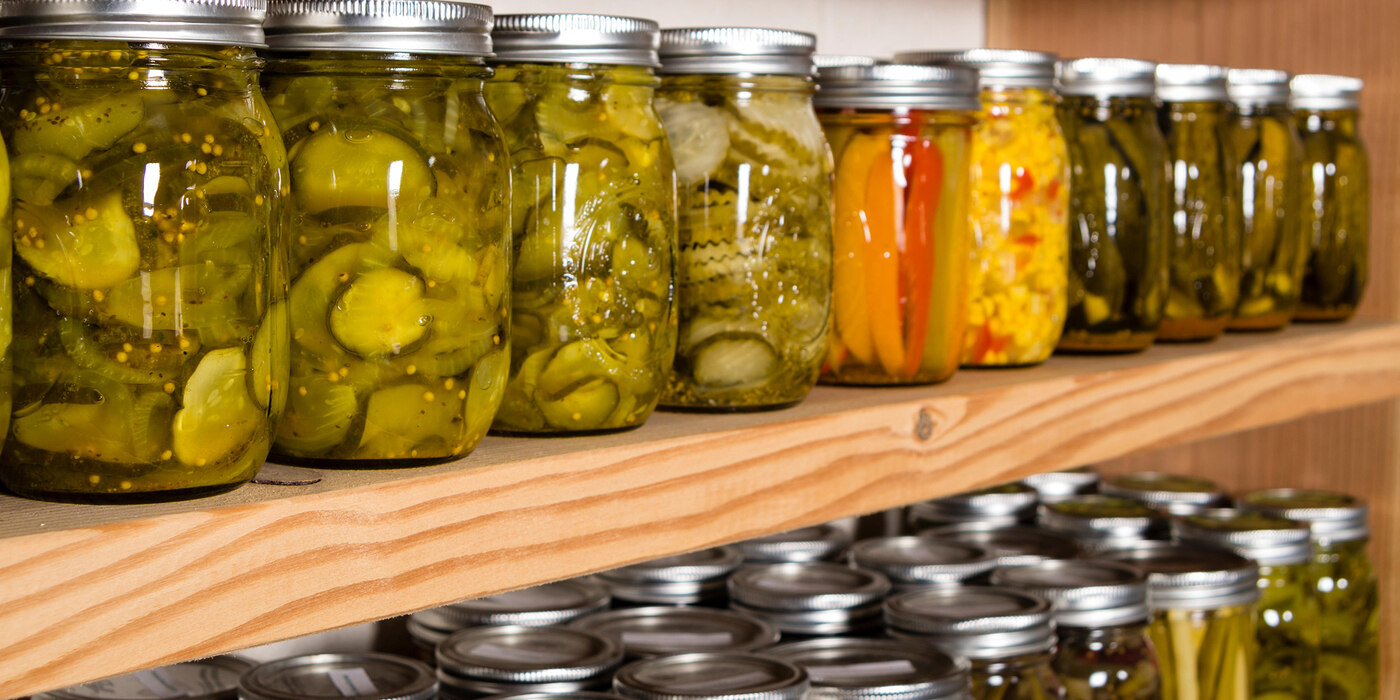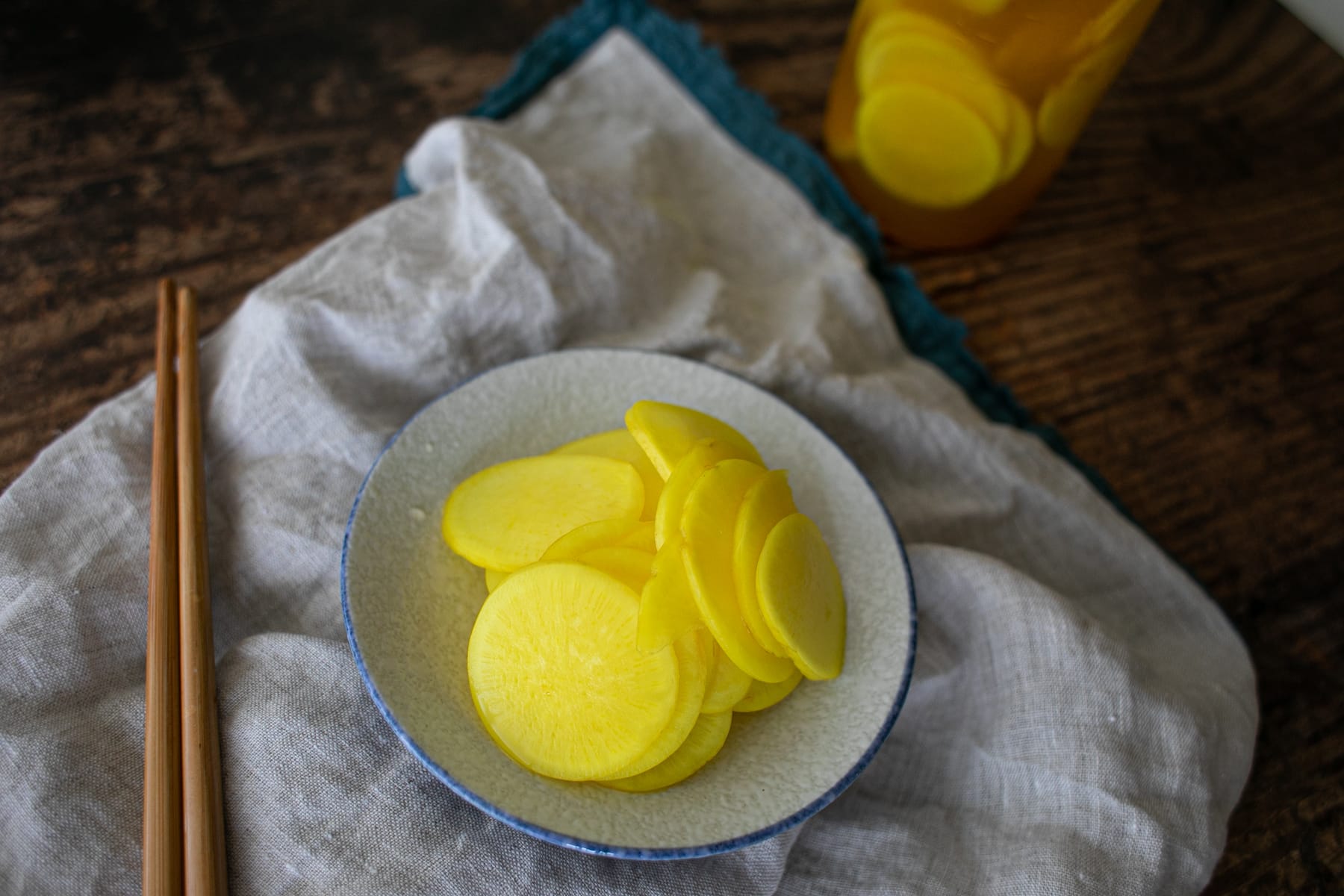In a Pickle: Quick Pickled Radishes
Are you looking for a tangy and crunchy addition to your meals? Look no further than quick pickled radishes. These vibrant root vegetables are not only a beautiful addition to any plate but also offer a delightful burst of flavor that can enhance a wide variety of dishes. In this article, we’ll guide you through the simple process of making your own quick pickled radishes.
Why Pickled Radishes?
Radishes are often underutilized in the culinary world, but with their unique peppery taste, they deserve a spot on your plate. When pickled, these humble vegetables transform into a tangy and tart treat that can elevate your salads, sandwiches, tacos, and more.
Aside from their delicious flavor, pickled radishes also offer some health benefits. They are low in calories and a good source of vitamin C, fiber, and antioxidants. So, while enjoying their zesty flavor, you’ll also be adding a healthy crunch to your meals.
Making Quick Pickled Radishes
Now that we’ve convinced you of the wonders of pickled radishes, it’s time to learn how to make them. The great thing about quick pickling is that it requires minimal ingredients and time.
- Gather your ingredients: You’ll need fresh radishes, vinegar (such as rice vinegar or apple cider vinegar), water, sugar, and salt.
- Prepare the radishes: Wash the radishes thoroughly and trim off both ends. Then, slice them into thin rounds or cut them into matchsticks, depending on your preference.
- Create the pickling liquid: In a small saucepan, combine equal parts vinegar and water. Add sugar and salt to taste. Heat the mixture over medium heat until the sugar and salt dissolve completely.
- Pickle the radishes: Place the sliced radishes into a clean glass jar or container. Pour the pickling liquid over the radishes, ensuring they are fully submerged. Let them cool to room temperature.
- Infuse with flavors (optional): If you want to add extra flavor to your pickled radishes, you can experiment with adding spices, herbs, or even a splash of citrus juice. Try adding crushed garlic, sliced jalapeños, or a sprig of fresh dill for some exciting variations.
- Refrigerate and enjoy: Seal the jar tightly and refrigerate for at least an hour to allow the flavors to develop. The longer you refrigerate, the more intense the flavor will become. Your quick pickled radishes are now ready to be enjoyed!
Pickled radishes can be stored in the refrigerator for up to two weeks, provided they are kept in a sealed container. They make a fantastic accompaniment to salads, tacos, sandwiches, and even grilled meats. Feel free to get creative and experiment with different dishes to find your favorite combination!
Final Thoughts
Adding quick pickled radishes to your culinary repertoire is a fantastic way to introduce new flavors and textures to your meals. Whether you’re a fan of the tangy taste or simply want to explore the world of pickling, these vibrant and zesty vegetables are sure to impress your taste buds. So, why not give this simple and quick recipe a try and elevate your next dish with some homemade pickled radishes?
Remember, being in a pickle can sometimes lead to delightful discoveries!
